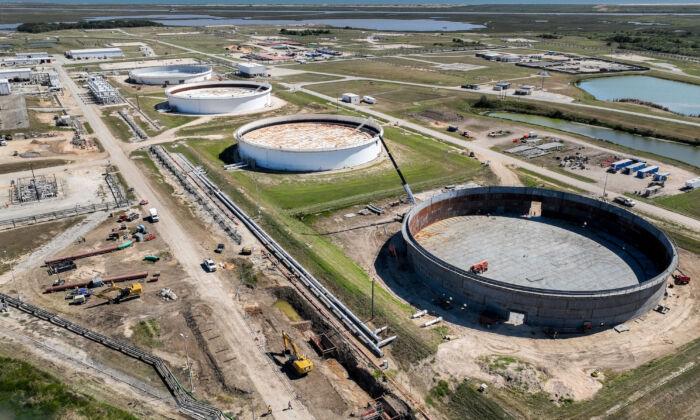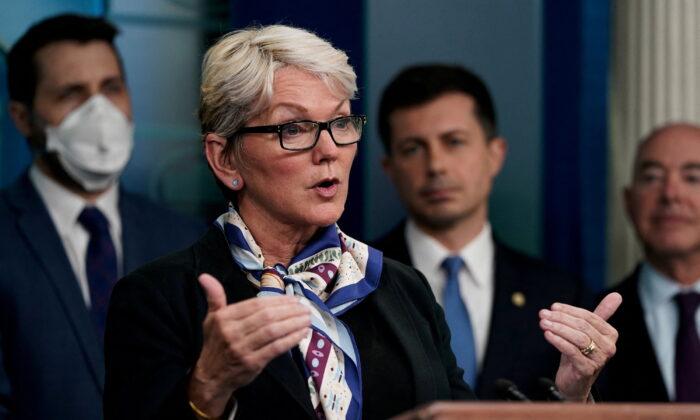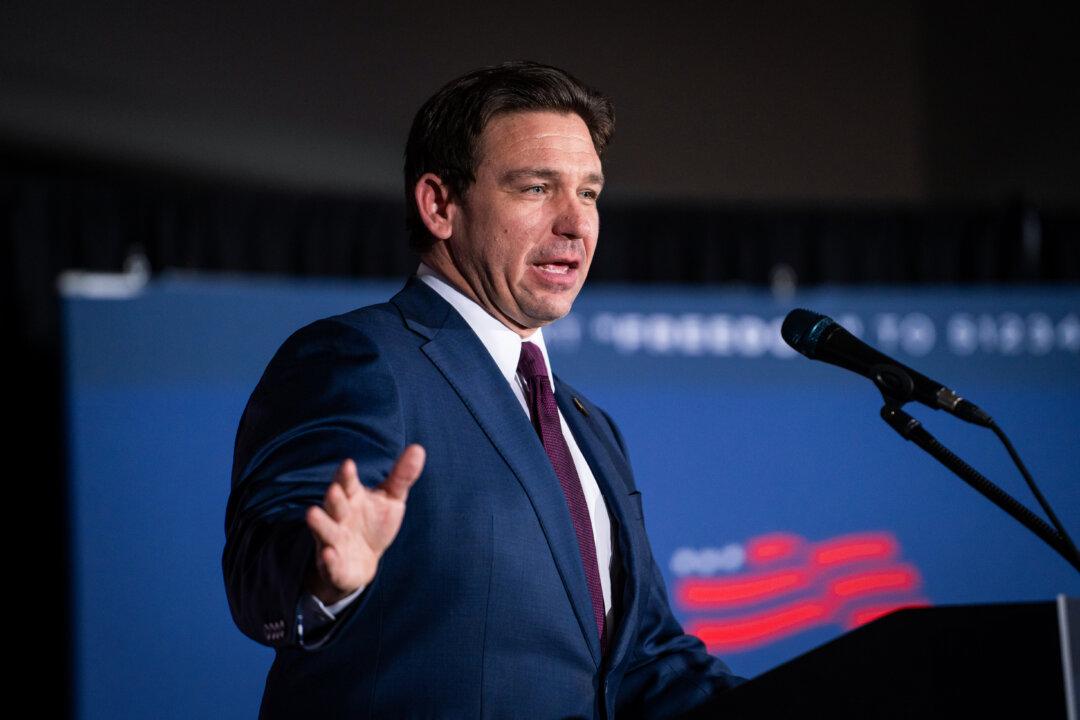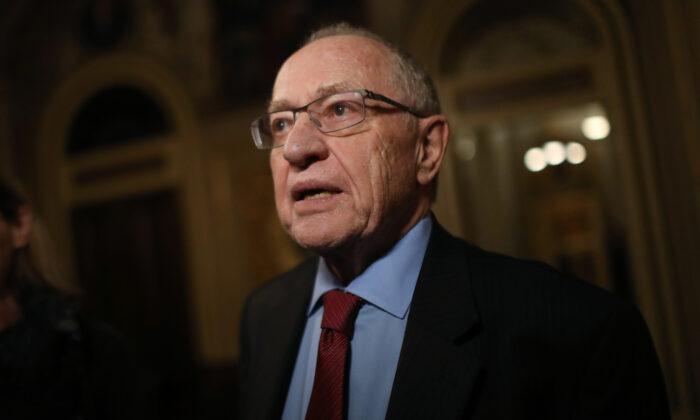The Biden administration plans to withdraw 26 million barrels of oil from the Strategic Petroleum Reserve (SPR) this fiscal year, after a sale of 180 million last year, effectively pushing the reserves to its lowest level in four decades.
The sale from SPR is set to be delivered to the market between April 1 and June 30. The release is mandated as per laws enacted by Congress during the Obama administration in 2015. The U.S. Department of Energy considered canceling the sale for this fiscal year. However, such a move would have required action from Congress. Following the sale, the SPR will move to its lowest level since August 1983.
According to Phil Flynn, analyst for the Price Futures Group, the Biden administration is “front-loading SPR barrels” in a bid to prevent a spike in gas prices during summer.
SPR Sales and Refill
When Joe Biden became president in January 2021, the SPR reserves were at 638 million barrels. As of Jan. 23, the SPR stood at just 371.6 million barrels, a decline of over 41 percent.The administration last year sold a record 180 million barrels from the SPR in a bid to rein in rising gasoline prices.
The Energy Department is looking to refill the reserves. But last month, the department rejected bids from oil companies willing to sell up to three million barrels, insisting that it would only accept a “good deal.”
The administration had earlier stated that it is looking to refill the SPR if oil can be purchased at around $70 per barrel. However, some experts have questioned such targets given persistently high oil prices.
Blocking SPR Sales
On Feb. 1, Sen. Joe Manchin (D-W.Va.), chairman of the U.S. Senate Committee on Energy and Natural Resources, introduced legislation to block the Biden administration from selling crude from the SPR to China or any company controlled by the Chinese Communist Party (CCP). The bipartisan effort was supported by Sen. Ted Cruz (R-Tex.).“The reserve is, above all, meant to help the United States and our allies through difficult times, not to help the CCP power China’s economy.”
Earlier, on Jan. 27, the Republican-controlled House of Representatives passed the “Strategic Production Response Act,” mandating a plan that would require additional oil and gas leasing on federal lands and waters to offset drawdowns of SPR. The bill will not apply in circumstances of severe energy supply disruption.






Friends Read Free